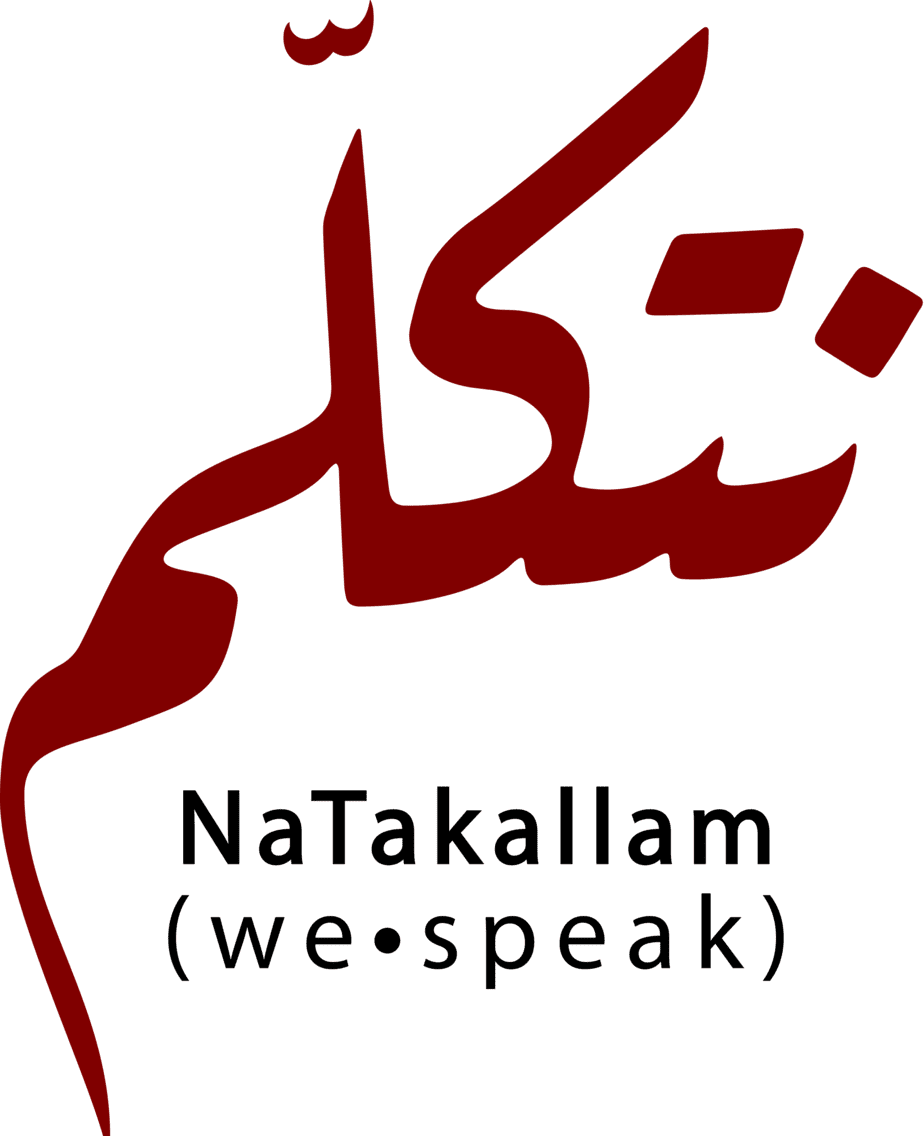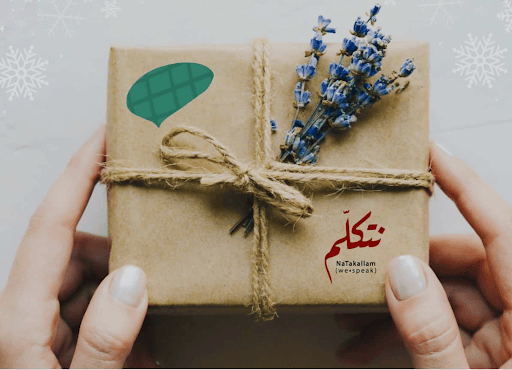The Origins and Meaning of Intifada
“Intifada” (إنتفاضة) is a term we often hear in slogans related to Palestinian resistance movements, the most famous and controversial being “globalize the intifada,” but what exactly is the meaning of intifada?
The word comes from the Arabic word “nafaDa” (نفض) which is a verb meaning “to shake the dust off something.” It could be used literally as “shaking [the dust] off the carpets” (نفض السجّاد) or figuratively, as “shaking off one’s laziness,” (نفض غُبار الكسل), or “being finished or rid of something” (سَئِم من المسألة، فقرّر نفض يدَيه منها; “He was fed up with the whole affair, so he decided to dust it from his hands.”) A similar sentiment is conveyed by the English expression, itself of ancient Hebrew origin, of “shaking the dust of something or someone from one’s feet.” As a related noun, “intifada” means “tremor, a shudder or a shiver.”
The First Palestinian Intifada: A Turning Point
It was in 1952 that the meaning of “intifada” took on its modern, political overtone of a “Middle East uprising,” when a series of protests shook the then-kingdom of Iraq in an attempt to force the king’s abdication in favor of a republic. It was then applied to Israeli-Palestinian conflict history when the first major Palestinian uprising against Israeli occupation started, in 1987. Up until that point, there had been no conscious, organized resistance movement against the occupation. The First Palestinian Intifada was the result of Palestinian recognition — led largely by women and students — that they would have to take their future into their own hands and could no longer wait for the international community to intervene on their behalf. Activists at that time chose the word “intifada” because it implied resistance that was aggressive but nonviolent. Palestinians were shaking off the dust of the occupation.
Media Influence on Intifada Perception
In her book A Quiet Revolution: The First Palestinian Intifada and Nonviolent Resistance, historian and activist Mary Elizabeth King largely blames the media for shifting the meaning of “intifada” in the Western mind and possibly even contributing to the escalating violence, detailing how international TV crews would avoid coverage of peaceful protests but focused in on rock-throwers and then the increasingly militant actions taken in response to heavy-handed Israeli reprisals. By the time the First Intifada ended in 1993, “intifada” was no longer associated with non-violence; the ground was thus laid for the Second Intifada, which arose from the failure of the Oslo Accords and lasted from 2000 to 2005, involving indisputable terrorist activities like suicide bombings and rocket attacks. Both uprisings were characterized by a heavy loss of life on the Israeli side and roughly three times as many losses on the Palestinian side.
The Second Palestinian Intifada had a profound impact on Palestinian-Israeli relations, contributing to a shift in Israeli attitudes and more relevance for Hamas, with increased skepticism toward the peace process and the two-state agreement.
Modern Misapplications of “Intifada”
On December 5, 2023, the presidents of Harvard, MIT, and the University of Pennsylvania were called into a hearing of the U.S. Congress to discuss allegations of growing antisemitism on their campuses as a result of the War on Gaza. During that hearing, Rep. Elise Stefanik of New York equated chants of “intifada” with a call for genocide against Jews. While the rise of Hamas and its terrorism cannot be denied, the term “intifada” significantly predates it. By no means is intifada a call to genocide or indiscriminate violence against Jews or, for that matter, Israelis.
The discussion and subsequent uproar over the presidents’ responses underline the importance of an accurate understanding of this controversial term. Given the gravity of the current situation in Palestine, it’s time to shake off our biases and ensure that our discourse is guided by integrity in our communications, informed by a sound knowledge of history.

Photo by Idriss Belhamadia
ABOUT THE AUTHOR: Mikaela Bell is a freelance editor and content writer with a background in anthropology and linguistics. An American based in France, she is also fond of reading, cooking, studying languages, fibercrafts and Irish stepdance.
ABOUT THE AUTHOR: Alice Zanini is a copywriting intern at NaTakallam. She is currently pursuing her bachelor’s degree in linguistics and Middle Eastern studies. Her research focus is on sociopolitical and sociolinguistic issues in modern Turkey and the Persian-speaking world.
The Origins and Meaning of Intifada Read More »




























 1. Paska (Ukraine)
1. Paska (Ukraine)  2. Kaek and Ma’amoul (Egypt and the Levant)
2. Kaek and Ma’amoul (Egypt and the Levant) 3. Fattah (Egypt)
3. Fattah (Egypt) 4. Rosca de Pascua (Argentina)
4. Rosca de Pascua (Argentina) 
 6. Petits Nids de Pâques (France)
6. Petits Nids de Pâques (France)
 1. Ma’amoul (معمول)
1. Ma’amoul (معمول) 2. Basbousa (بسبوسة)
2. Basbousa (بسبوسة) 3. Qatayef (قطايف) (also pronounced as ‘atayef)
3. Qatayef (قطايف) (also pronounced as ‘atayef) 4. Om Ali (أم علي)
4. Om Ali (أم علي)  5. Luqaimat (لقيمات) or Zalabiya (زلابية)
5. Luqaimat (لقيمات) or Zalabiya (زلابية) 6. Zoolbia (زولبیا)
6. Zoolbia (زولبیا) 7. Goosh-e fil (گُوش فيل)
7. Goosh-e fil (گُوش فيل)

